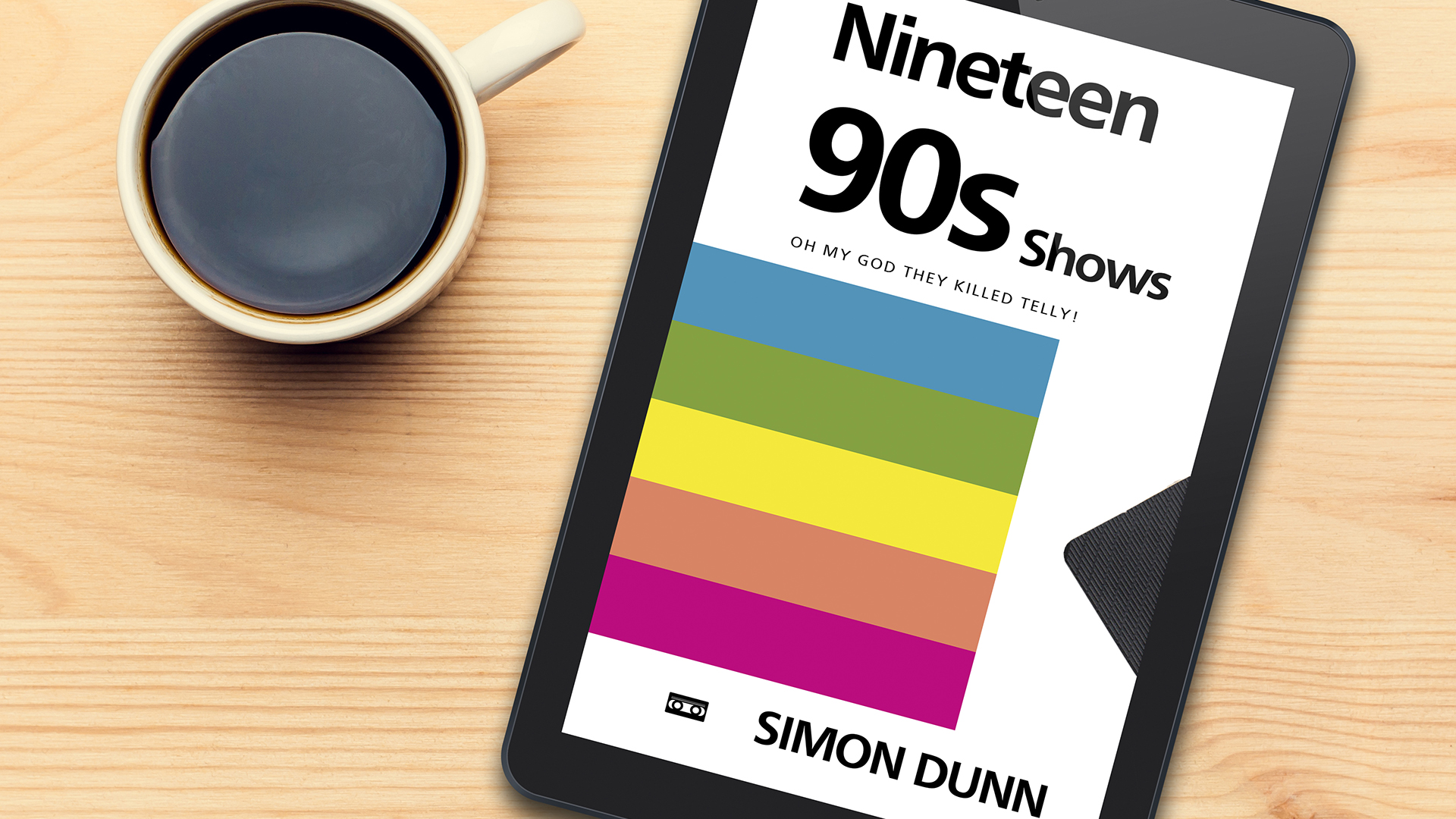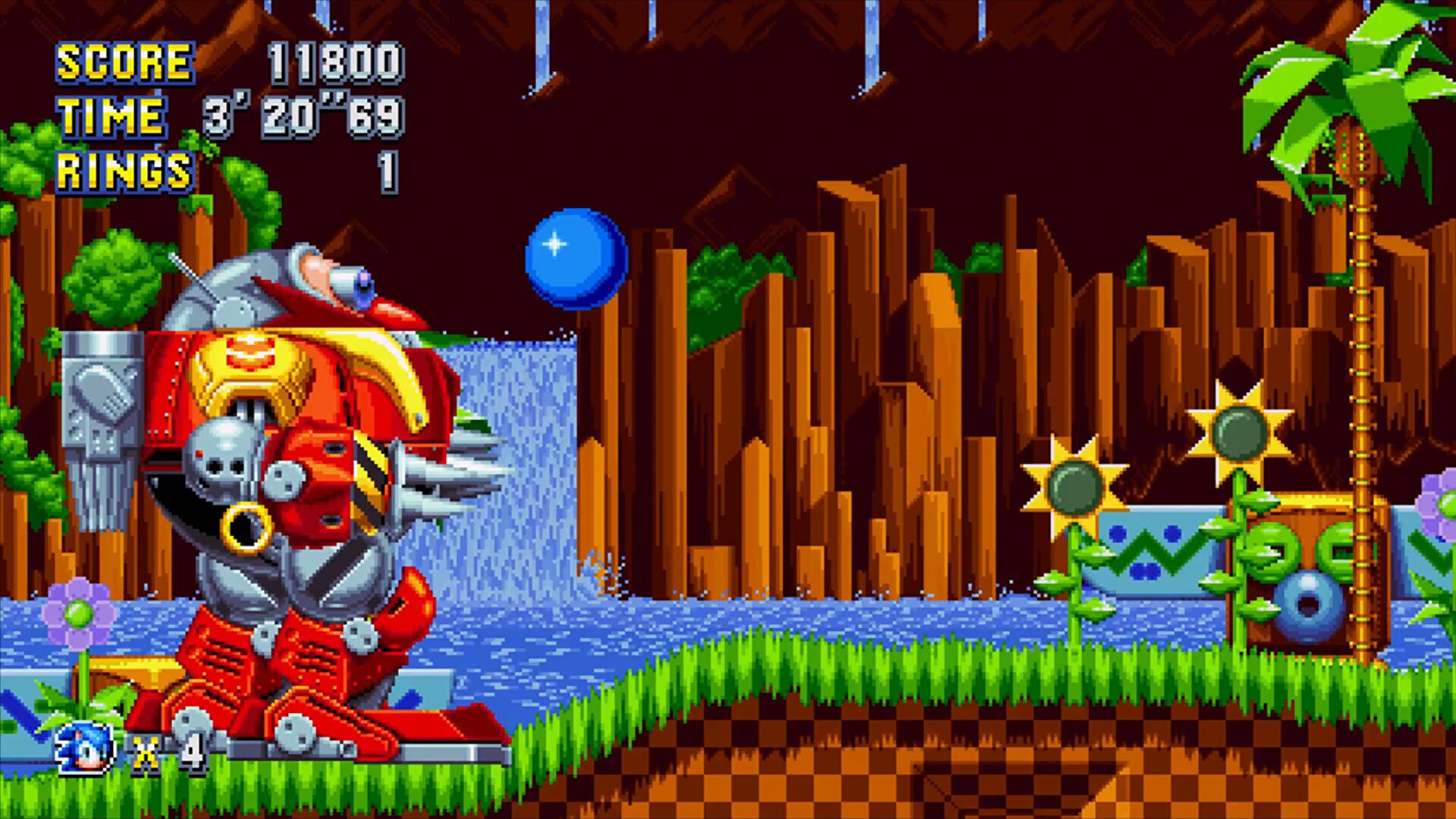You’ve done it. I’ve done it. We’ve all done it.
We’ve finished a scene or a chapter and read it back, realising with growing annoyance that it’s more dull than a rusty spoon.
So here are some tips to add some fizz to those mundane scenes.
Add A Temporary Antagonist
I’ve blogged elsewhere about the importance of making your minor characters think they’re the hero of the story, but it’s worth remembering. Adding some conflict to the chapter by way of a character with a different and opposing goal can really liven things up.

So, say your hero needs to get a packet of cigarettes as a plant for a later pay-off, why not make it harder for her. Have another character wanting that last packet just as much, or a store clerk who refuses to sell cancer sticks to someone he thinks looks ill enough already.
Add Some Comedy
The whole scene doesn’t have to be a sketch, but adding a few moments of mirth will really kick up the pace. Joss Whedon et al do this a lot in the potentially dry exposition scenes in Buffy, Sorkin has characters bickering their opposing views, while Jimmy McGovern uses humour well in the likes of Cracker (I’m not making a cracker joke joke).
Tell It Visually Instead
If you can elucidate your plot points without any dialogue, all the better. The entire opening sequence of Up is a masterpiece in visual storytelling, and you should try and watch it.
Here’s a clip of a scene from The Wire which combines visual story development with a slice of comedy. It’s not suitable for work:
They blow open a case with nothing but images and swearing.
Try adding one, two, or better, all three of these things and then read the chapter or scene back. If it hasn’t improved, it probably needs a kitten in it or something.











